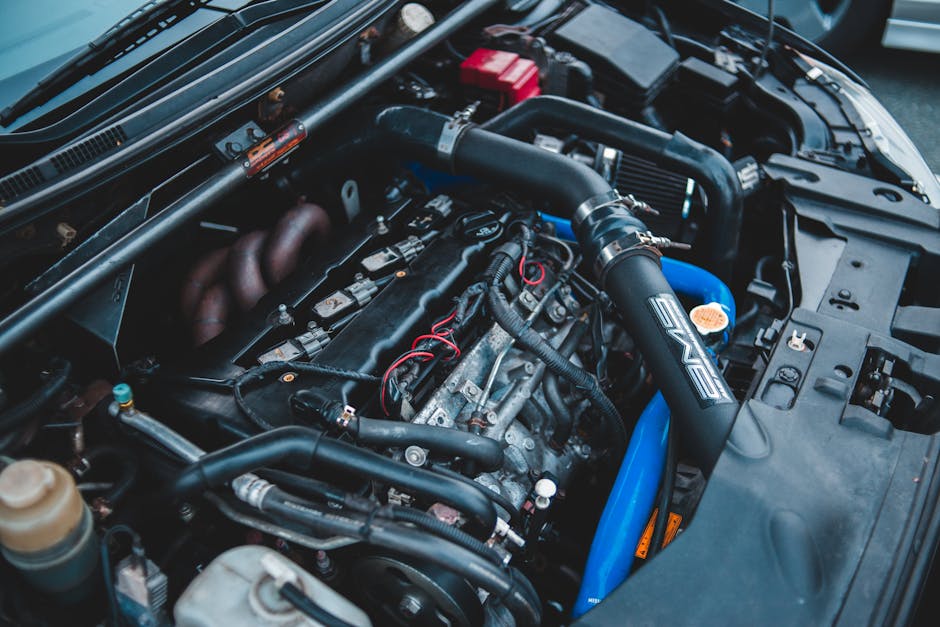Restoring with Original Parts vs. Modern Alternatives: Pros and Cons

Restoring a classic car is a rewarding endeavor, but deciding whether to use original parts or modern alternatives can be challenging. Both approaches have their pros and cons, which influence factors like authenticity, cost, performance, and availability. This article delves into these aspects to help enthusiasts make informed decisions based on their restoration goals.
Authenticity vs. Modernization
When it comes to restoring classic cars, the choice between original parts and modern alternatives often boils down to the level of authenticity one desires. Original parts maintain the vehicle's historical integrity, offering a genuine experience that many collectors and enthusiasts find invaluable. These components are typically sourced from other vintage cars or specialized suppliers, preserving the car’s originality.
In contrast, modern alternatives can enhance a car's reliability and performance while providing convenience. Contemporary parts are designed with advanced technology that can improve fuel efficiency, safety, and overall driving comfort. However, using these parts may detract from the car’s historical value, potentially impacting its resale price.
The decision between authenticity and modernization is subjective and depends on individual preferences. Some restorers prioritize maintaining historical accuracy, while others focus on achieving a blend of classic aesthetics with modern performance benefits.
Cost Considerations
The cost of restoring a classic car can vary significantly depending on the choice of parts. Original parts tend to be more expensive due to their rarity and the effort required to locate them. Collectors might spend years searching for specific components that match their vehicle’s original specifications. Additionally, these parts often come with a premium price tag due to their limited availability.
Modern alternatives are generally more affordable and easier to source. Manufacturers produce these parts in larger quantities, which drives down costs. Moreover, they often come with warranties and support from manufacturers, adding value for those looking for peace of mind.
For budget-conscious restorers, opting for modern alternatives can be a practical choice. However, those who view restoration as an investment might find that the higher initial cost of original parts pays off in terms of increased vehicle value over time.
Performance and Reliability
Original parts offer an authentic driving experience that mirrors how the vehicle performed when it was first built. For purists, this is an irreplaceable aspect of classic car ownership. However, these older components can sometimes be less reliable due to age-related wear and tear.
Modern alternatives are designed using the latest technology, which often translates to enhanced performance and reliability. Improved materials and manufacturing processes mean that these parts can offer better durability and efficiency compared to their vintage counterparts.
- Enhanced fuel efficiency
- Better safety features
- Increased durability
While modern components may not provide the same nostalgic feel as original parts, they offer practical benefits that can make owning and driving a classic car more enjoyable on a day-to-day basis.
Availability and Sourcing
The availability of original parts is one of the biggest challenges in classic car restoration. Finding these components requires extensive research and networking within collector communities. Many restorers rely on auctions, swap meets, and specialized dealers to track down hard-to-find items.
Modern alternatives are widely available through various channels such as automotive stores, online marketplaces, and specialty manufacturers. The ease of access to these parts simplifies the restoration process significantly.
A balance between availability and authenticity often dictates which route restorers choose. Those committed to an accurate restoration may find themselves waiting longer and paying more for rare original parts. Conversely, opting for readily available modern alternatives can expedite the project without sacrificing too much quality.
| Aspect | Original Parts | Modern Alternatives |
|---|---|---|
| Authenticity | High | Moderate |
| Cost | High | Lower |
| Performance | Original Experience | Enhanced Performance |
| Availability | Limited | Plentiful |
| Reliability | Moderate | High |
The choice between restoring with original parts versus modern alternatives involves various considerations such as authenticity, cost, performance, reliability, and availability. Enthusiasts must weigh these factors based on their personal goals and preferences for their restoration projects.
An authentic restoration using original parts preserves the historical value of the vehicle but may come at a higher cost and with challenges in sourcing rare components. On the other hand, modern alternatives provide enhanced performance and reliability while being more budget-friendly and readily accessible. Ultimately, understanding these pros and cons will help individuals make informed decisions tailored to their specific needs in restoring classic cars.
References: Classic Car Restoration.com, Auto Restoration Magazine.com.